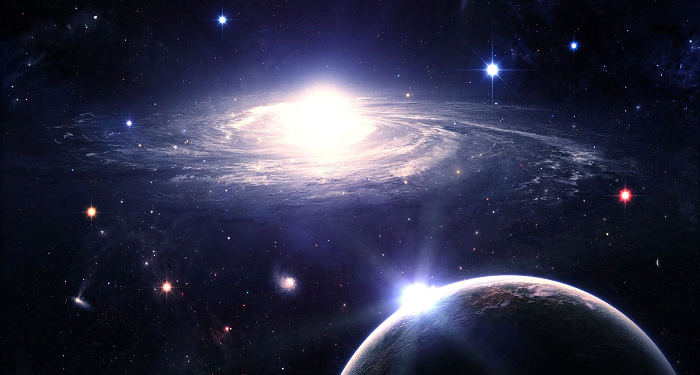Researchers from Montreal and India have discovered a radio signal from a galaxy nearly nine billion light-years away.
According to their findings, the signal could have been emitted when the universe was only 4.9 billion years old – long before our Solar System formed about 4.5 billion years ago.
“This is equivalent to going back in time by 8.8 billion years,” said study co-author and McGill University graduate student Arnab Chakraborty.
The study, published in the journal Monthly Notices of the Royal Astronomical Society, explains how scientists were able to catch the most distant signal in history at a certain length of a radio wave, known as a 21-centimeter line, which is created by hydrogen.
“Galaxies emit different kinds of radio signals,” Chakraborty said. “Until now, it was possible to pick up this signal only from a nearby galaxy, which limited our knowledge to galaxies located close to Earth.”
The distant star-forming galaxy is known as SDSSJ0826+5630. The signal also allowed the researchers to determine that the atomic mass of the galaxy’s hydrogen gas is almost twice the mass of the stars we see.
Usually, such signals from distant galaxies are too weak to be detected with the help of modern radio telescopes, which often look like rows of large television satellite dishes.
“But thanks to a natural phenomenon called gravitational lensing, we can pick up a weak signal from a record distance,” Chakraborty said.





















